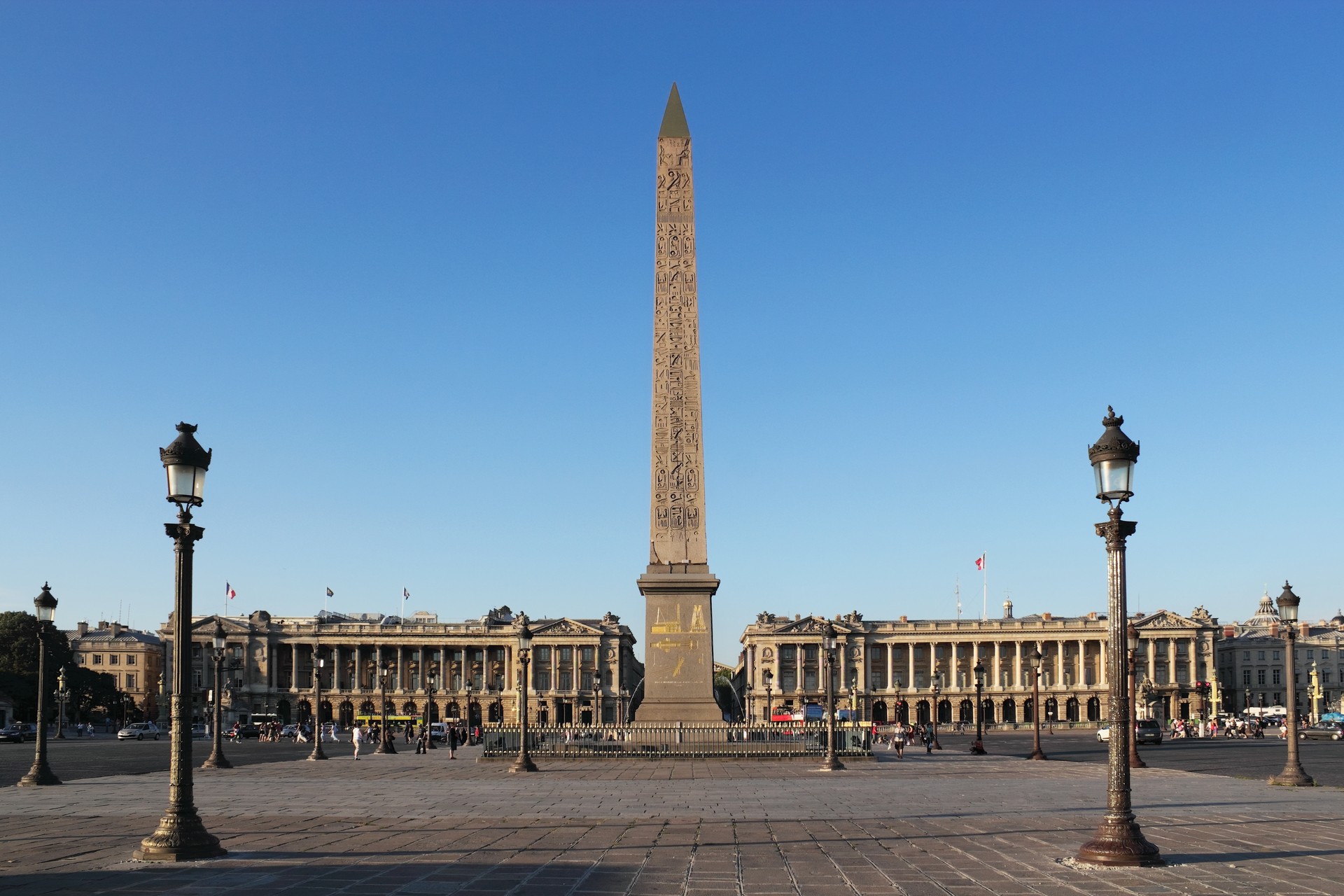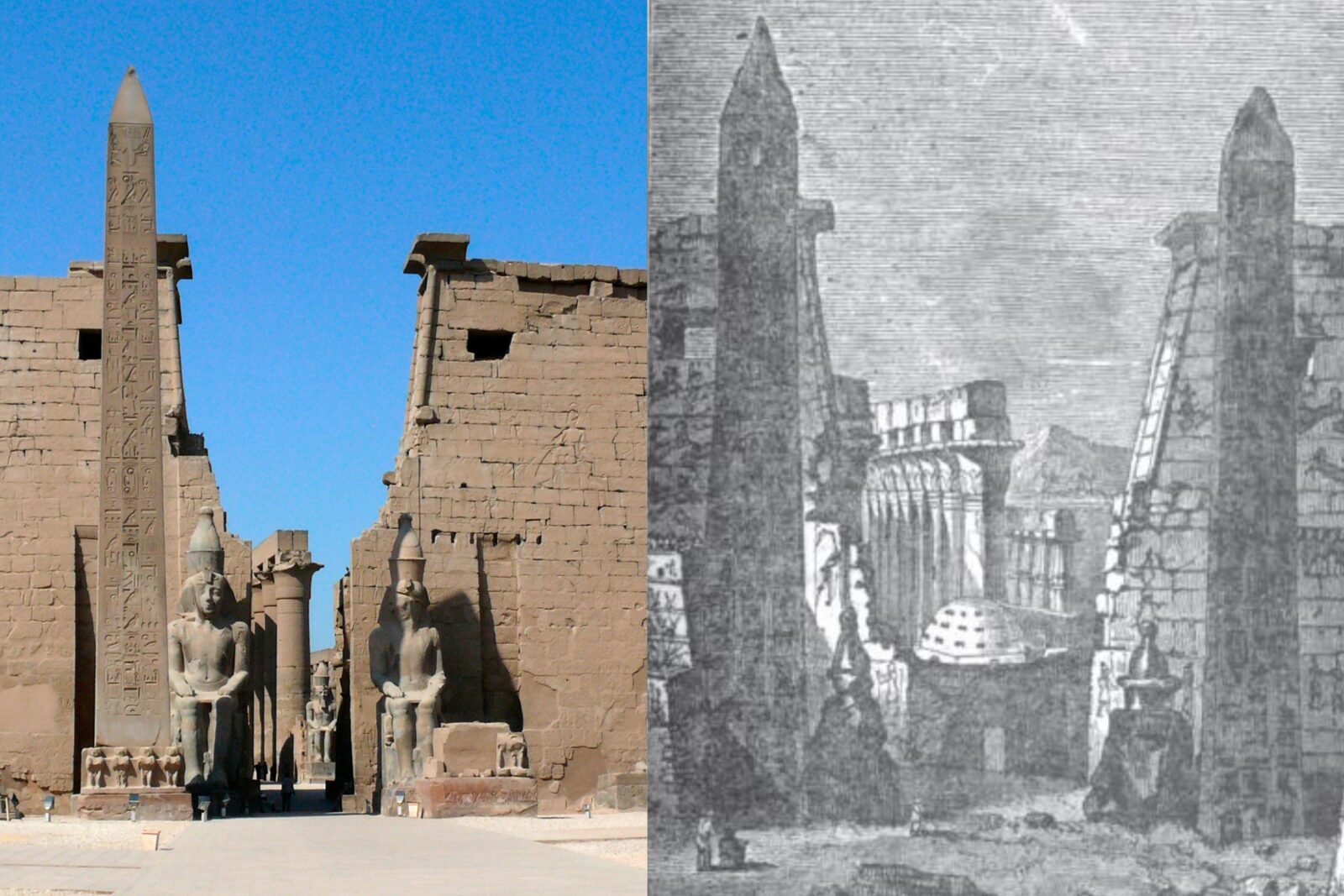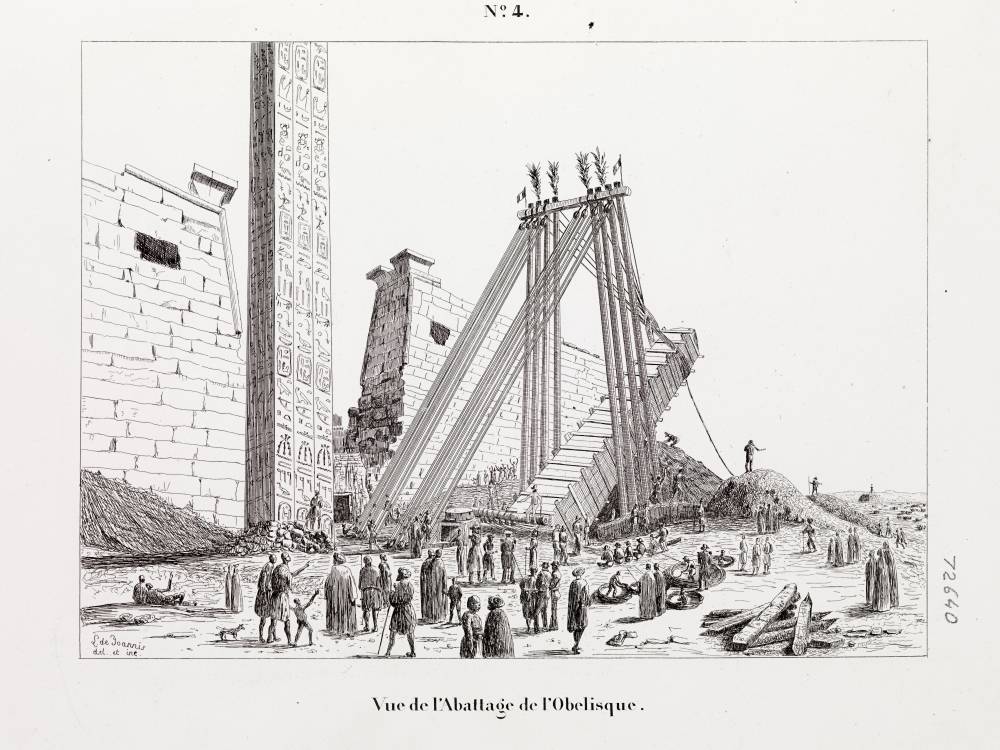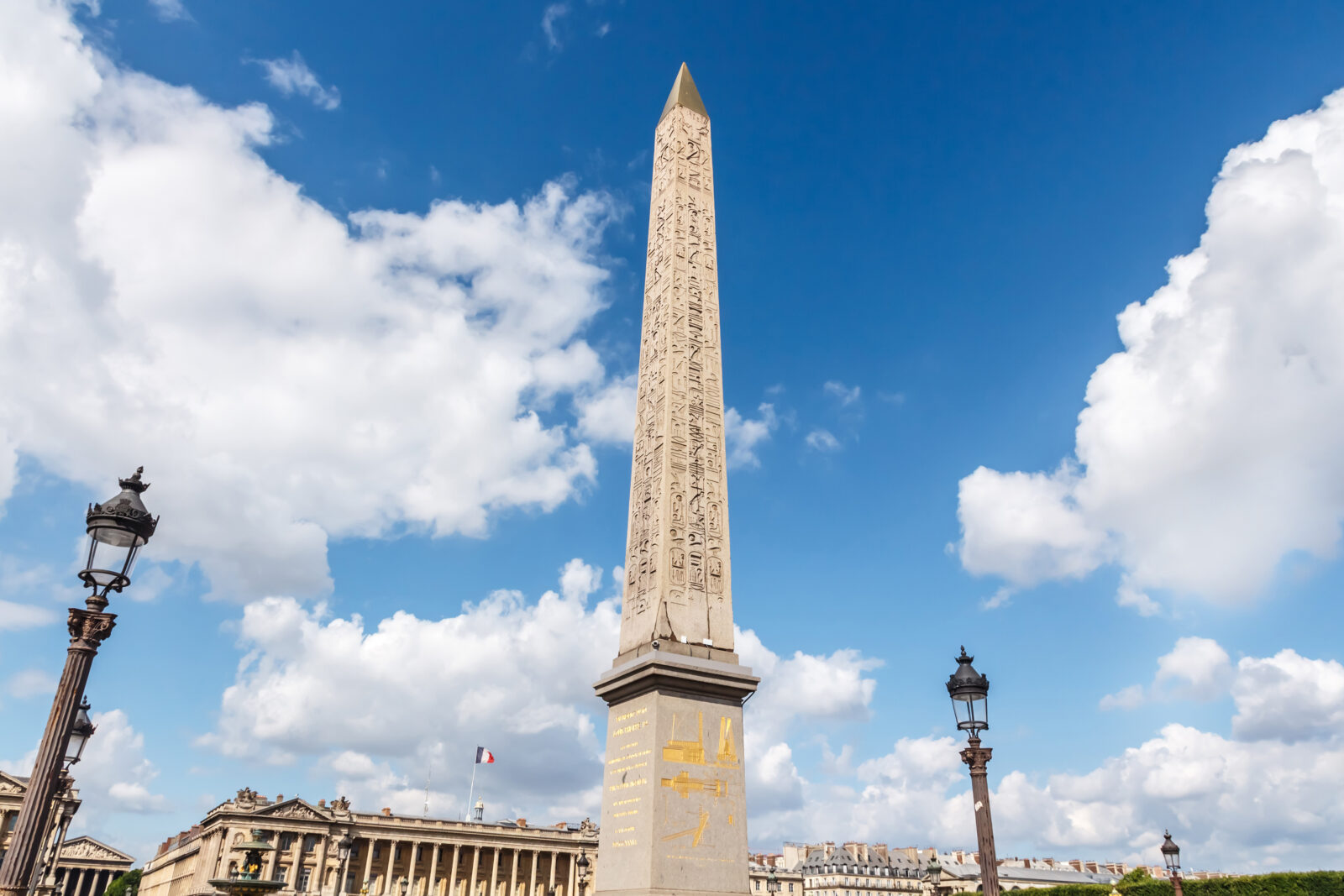
A newly discovered inscription on the 3,300-year-old Luxor Obelisk in Paris’ Place de la Concorde reveals that this ancient monument still holds untold secrets.
A previously undocumented message, found near the golden capstone, may have once been visible only to elite travelers on the Nile over three millennia ago.

Despite being gifted from the Ottomans' Egypt to France 189 years ago and studied countless times since, the Luxor Obelisk has surprised researchers again. Jean-Guillaume Olette-Pelletier, an Egyptologist at the Catholic University of Paris, discovered restoration work in late 2021.
Climbing the scaffolding that surrounded the monument, Olette-Pelletier examined its rarely seen upper sections.
Near the pyramid-shaped cap, he found an intricately hidden inscription—embedded within the hieroglyphs and designed to be viewed from a specific angle.
When I calculated where someone would have to stand to view this message, I found myself in the middle of the Nile,” Olette-Pelletier said.
These inscriptions were embedded using a sophisticated form of 3D hieroglyphics that only about six specialists in the world can currently interpret—including Olette-Pelletier himself.
The message is believed to have been visible only from a 45-degree angle, specifically during the Opet Festival, an annual religious procession celebrating the divine power of the god Amun. Royal boats traveling down the Nile toward Luxor Temple would have seen this elite message.
What did it say? The message glorified Pharaoh Ramesses II, highlighting his divine power and urging offerings to appease the gods. Essentially, it served as state propaganda—ancient, majestic, and exclusive.

The Luxor Obelisks were first suggested as symbols of power during Napoleon's Egyptian campaign in the late 18th century. While initial plans to bring them to France fell through, momentum picked up again in the 1820s.
In November 1830, the Ottoman governor of Egypt, Muhammad Ali Pasha, officially gifted the Luxor Obelisk to France. This followed pressure from French diplomats, particularly those inspired by famed scholar Jean-Francois Champollion, who had recently cracked the Rosetta Stone.
Interestingly, Muhammad Ali revoked a previous offer to the British and gave them a less accessible obelisk from Karnak Temple instead. France, in return, gifted a grand mechanical clock—now known as the Cairo Citadel Clock, which has rarely worked since its arrival but is currently under restoration.
The western (and shorter) of the two Luxor obelisks was selected for transport. In 1831, it was removed and shipped to Paris aboard a specially designed vessel called the Luxor. It arrived in 1833 and was erected in 1836 by King Louis-Philippe.
Sadly, Champollion passed away in 1832, never seeing the final success of his lobbying efforts.
The total cost of transporting and re-erecting the obelisk was estimated at 2.5 million francs—equivalent to approximately €16 million or $19 million in today's money. This high cost likely prevented the second obelisk from ever leaving Egypt.

Place de la Concorde, the chosen site for the obelisk, holds deep historical symbolism. Once the location of the guillotine during the French Revolution, it was a politically charged space.
Placing a monument with no direct ties to French history allowed the government to symbolically reclaim the square without reigniting old tensions.